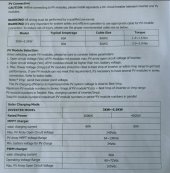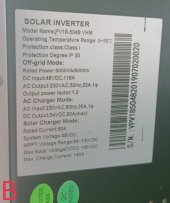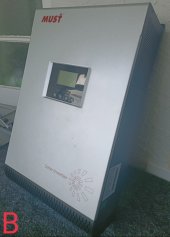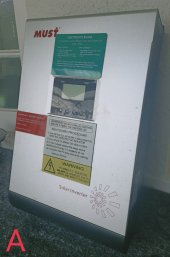I've acquired one of these (mines actually a 2018 model, but I couldn't find a simple link!):
I got it at a bargain, so would rather take advantage of this saving and make use of it.
A few questions:
*I can't see that it's compatible with Lithium batteries. If this inverter requires that info/input, during set up, and Li is not an option, can I use an alternative selection e.g AGM (without wrecking something)?
*'PV Input Power: 2880W/3840W'. My panels equal 15 X 315w = 4,725w. I can't find anywhere that I can over panel this device, but assuming I can, am I still within a safe limit?
(the PV input will be 120v @ 50A Vs the Inverter's 145v @ 60A/80A input limit)
*I'm finding myself a bit stuck for battery options, so I'd considered getting two of these: https://www.micromall.co.nz/index.p...y_id=0&sub_category=1&sort=p.price&order=DESC
Will there be any problem, connecting them in parallel, to this inverter?
MUSTPOWER 48V 5000W High Frequency Off Grid Solar Inverter PV18-5048 VHM
MUSTPOWER 48V 5000W High Frequency Off Grid Solar Inverter PV18-5048 VHM
www.micromall.co.nz
I got it at a bargain, so would rather take advantage of this saving and make use of it.
A few questions:
*I can't see that it's compatible with Lithium batteries. If this inverter requires that info/input, during set up, and Li is not an option, can I use an alternative selection e.g AGM (without wrecking something)?
*'PV Input Power: 2880W/3840W'. My panels equal 15 X 315w = 4,725w. I can't find anywhere that I can over panel this device, but assuming I can, am I still within a safe limit?
(the PV input will be 120v @ 50A Vs the Inverter's 145v @ 60A/80A input limit)
*I'm finding myself a bit stuck for battery options, so I'd considered getting two of these: https://www.micromall.co.nz/index.p...y_id=0&sub_category=1&sort=p.price&order=DESC
Will there be any problem, connecting them in parallel, to this inverter?







